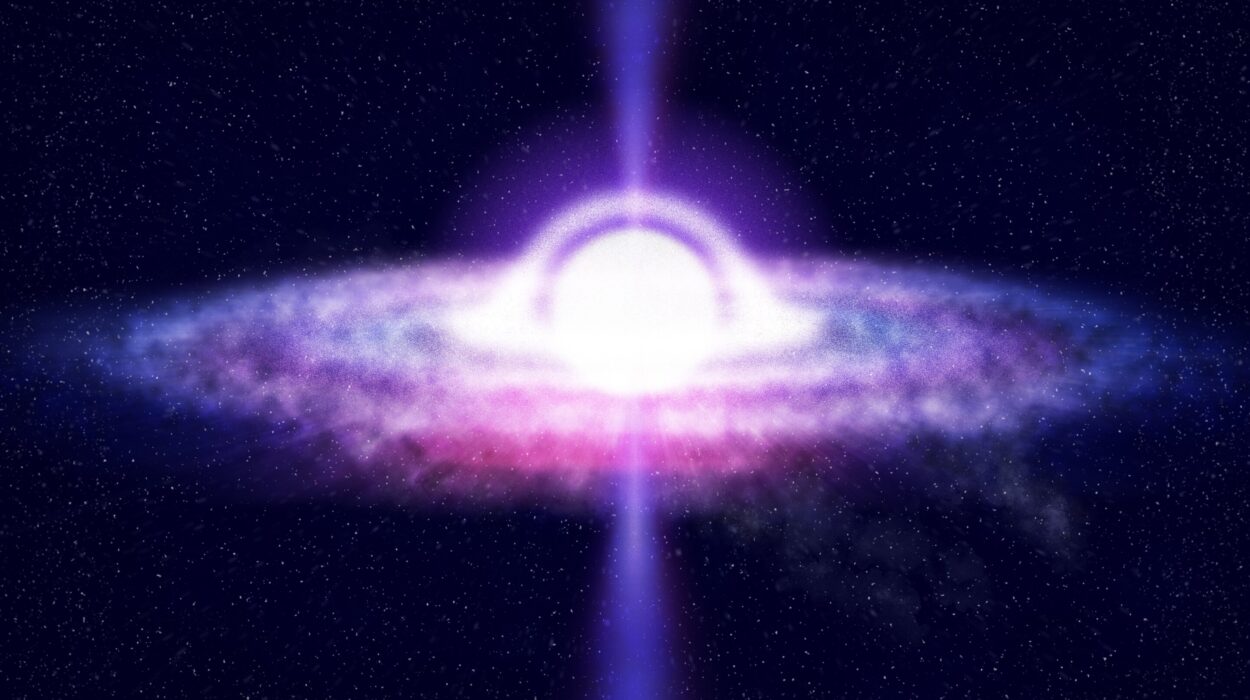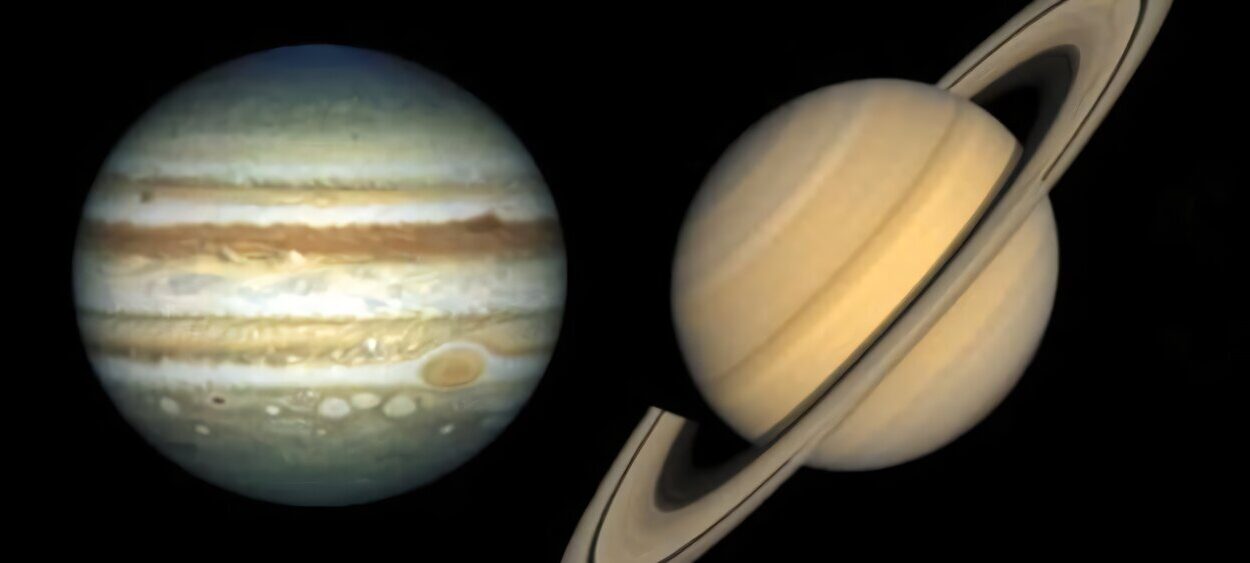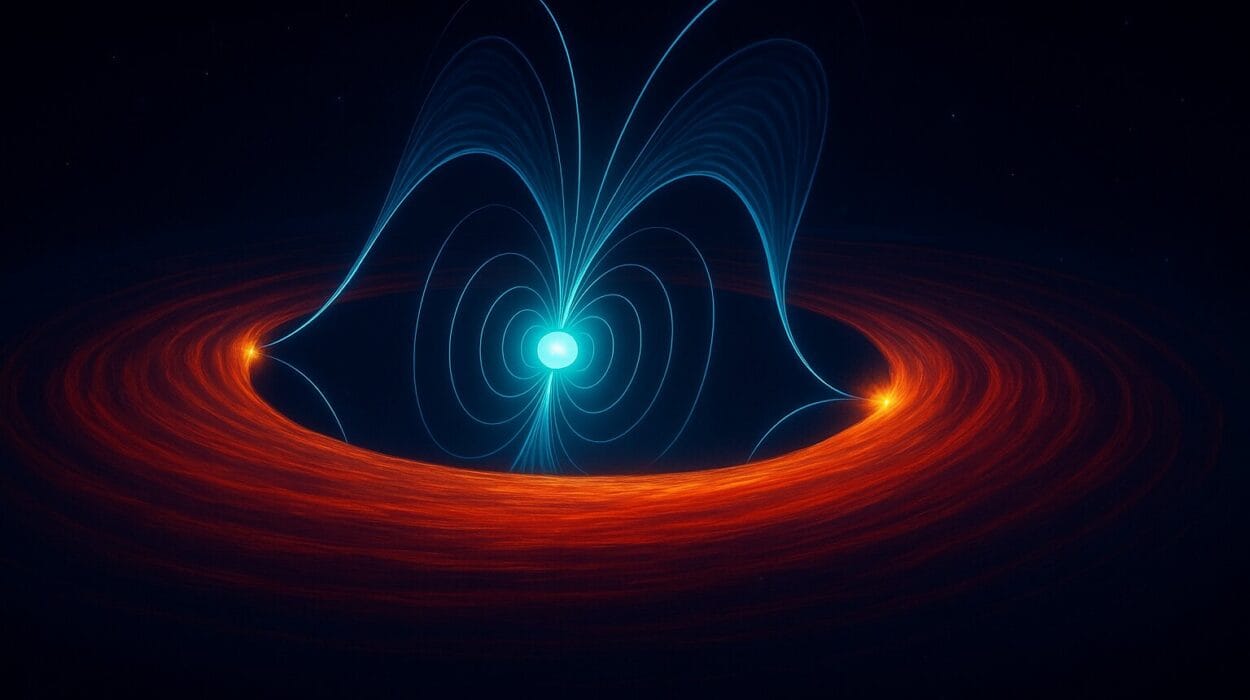Yellow hypergiants are among the most enigmatic and fascinating stars in our galaxy. These massive, luminous stars are known for their explosive outbursts, which have long puzzled astronomers. A recent five-year international study, which focuses on prominent yellow hypergiants like Rho Cassiopeiae (Rho Cas), HR 8752, and HR 5171A, has provided new and valuable insights into their dramatic behavior and the processes that drive these outbursts. This research, published in Astronomy and Astrophysics, not only expands our understanding of yellow hypergiants but also sheds light on the broader evolutionary paths of massive stars as they approach the end of their lives.
Yellow Hypergiants: A Rare and Extreme Stellar Class
Hypergiants are the giants of the stellar world. They are among the most massive and luminous stars in the universe, often hundreds of times more massive and millions of times brighter than our Sun. Their extreme size, temperature, and luminosity make them fascinating subjects of study for astronomers, as they offer a rare glimpse into the late stages of a star’s life cycle.
The term “yellow hypergiant” refers to a specific subgroup of hypergiants with surface temperatures similar to the Sun, but with luminosities that can be up to 500,000 times greater. These stars are in a transient and unstable phase of their evolution, experiencing massive fluctuations in their brightness and other physical properties. Understanding these fluctuations is crucial for astronomers as it provides insights into how stars with such extreme characteristics evolve and what might become of them in their final stages.
Notable yellow hypergiants like Rho Cassiopeiae, HR 8752, and HR 5171A are key players in this field of study. These stars are nearing the end of their lives, and their behavior can help astronomers understand the critical transition phase before they either collapse into a supernova or evolve into a new class of stars called luminous blue variables (LBVs). In the process, they offer valuable data about how stars with such massive masses and energy evolve through the final phases of their lives.
The Recent Study: A Window into the Heart of Yellow Hypergiants
The groundbreaking study, conducted by an international team of astronomers from the Royal Observatory of Belgium (ROB), Leiden University in The Netherlands, Durham University in the UK, and contributions from amateur astronomers worldwide, focused on analyzing the long-term behavior of Rho Cassiopeiae, one of the best-studied yellow hypergiants. This study spans over a period of 138 years, from 1885 to 2023, and combines historical data with modern spectroscopic and photometric observations.
The findings from this extensive study have provided remarkable insights into the behavior of Rho Cas, particularly its cyclical outbursts and pulsations. These results have also led to a more precise understanding of the evolutionary processes that occur within yellow hypergiants, especially their transition into the final stages of stellar evolution.
The Outburst Cycle of Rho Cassiopeiae: A Dramatic Dance of Temperature and Brightness
Rho Cassiopeiae, located roughly 11,000 light-years away in the constellation Cassiopeia, is known for its violent outbursts, which involve dramatic changes in its brightness and surface temperature. One of the most striking findings of the study is the discovery that Rho Cas exhibits cyclical outbursts roughly every 10 to 40 years. These outbursts are accompanied by significant fluctuations in the star’s surface temperature, which can range between 4,500 to 7,500 °C.
The team discovered that the pulsations of Rho Cas intensify as the star approaches an outburst event. The pulsation periods, which are the intervals between the star’s oscillations in brightness, lengthen in the years leading up to the outburst. Additionally, the amplitude of these pulsations increases, signaling a growing instability in the star’s outer layers. The study reveals that these pulsations play a crucial role in triggering the massive eruptions that are characteristic of yellow hypergiants.
Over the course of 138 years, Rho Cas has experienced several significant outbursts, with major events occurring in 1986, 2000, and 2013. These outbursts, caused by the star’s pulsations, are a direct result of its dynamic and unstable atmosphere. The study found that Rho Cas’s pulsations are not random, but instead follow a distinct cycle, occurring roughly every 10 to 40 years. This discovery provides astronomers with a valuable tool for predicting future outbursts and understanding the mechanisms that drive them.
A New Methodology for Studying Hypergiants
One of the key achievements of this study is the development of a new methodology for studying yellow hypergiants, particularly their pulsations and outbursts. By combining spectroscopic data with photometric observations over several decades, the team was able to calculate precise temperature calibration relations that offer a more accurate picture of the star’s dynamic behavior. This methodology has proven to be essential for studying these extreme stars, which are often difficult to observe due to their size and variability.
In addition to studying Rho Cas, the team also analyzed two other well-known yellow hypergiants: HR 8752 and HR 5171A. HR 8752, located about 8,000 light-years away, was found to be evolving along a blueward evolutionary track after 1996. Its brightness remained nearly constant between 2017 and 2023, indicating that it is stabilizing as it nears the final stages of its evolution. On the other hand, HR 5171A, another massive yellow hypergiant, resumed its pulsation pattern in early 2018 after experiencing a period of gradual brightness decline.
Pulsations and Their Role in Stellar Evolution
The pulsations observed in yellow hypergiants, such as Rho Cas, HR 8752, and HR 5171A, are more than just a curious phenomenon. They are a crucial component of the stars’ evolutionary process, playing a key role in the dramatic changes these stars undergo as they approach the end of their lives. The study’s findings suggest that these pulsations are not only responsible for triggering outbursts but may also be indicative of the accelerated evolution that yellow hypergiants experience during this stage.
Yellow hypergiants occupy a peculiar place in the Hertzsprung-Russell diagram, a graphical representation of stellar temperature and luminosity. They pass through what is known as the “yellow evolutionary void,” a gap in the diagram that occurs when stars transition between different evolutionary phases. This phase is characterized by rapid and significant changes in the star’s size, temperature, and luminosity, leading to dramatic outbursts and pulsations. By studying these outbursts and pulsations, astronomers can better understand the processes that govern the rapid evolution of massive stars.
Implications for Stellar Evolution and Supernovae
The study of yellow hypergiants and their behavior has significant implications for our understanding of stellar evolution, particularly the fate of massive stars. Yellow hypergiants like Rho Cas are in a critical stage of their evolution, where they could either transform into luminous blue variables (LBVs) or collapse into a supernova. Understanding the role of pulsations and outbursts in these transitions is crucial for refining theoretical models of stellar evolution, especially when it comes to the final stages of massive stars.
The study also highlights the importance of yellow hypergiants as precursors to more catastrophic events, such as core-collapse supernovae. As these stars rapidly evolve and experience intense pulsations, they are laying the groundwork for the explosive end of their lives. For astronomers, this provides a unique opportunity to study the processes that occur in the final stages of stellar evolution and to improve our understanding of the mechanisms behind supernovae.
Conclusion: The Ever-Unfolding Mystery of Yellow Hypergiants
The results of this five-year study provide an unprecedented view into the dynamic and explosive nature of yellow hypergiants. By uncovering the cyclical outbursts and pulsations of Rho Cas, HR 8752, and HR 5171A, astronomers have gained valuable insights into the accelerated evolution of these extreme stars. The findings not only contribute to our understanding of the life cycle of massive stars but also offer new tools for studying stellar evolution and predicting the future behavior of these fascinating objects.
As the study continues to evolve and more data is collected, it is likely that even deeper insights into the nature of yellow hypergiants will emerge. The discoveries made in this study serve as a stepping stone for future research, pushing the boundaries of our knowledge of the most massive and luminous stars in our galaxy and their ultimate fate.
Reference: A. M. van Genderen et al, Investigation of the pulsations, outbursts, and evolution of the yellow hypergiants, Astronomy & Astrophysics (2025). DOI: 10.1051/0004-6361/202449384






